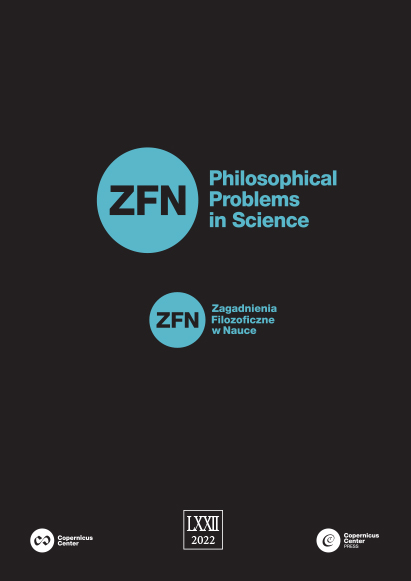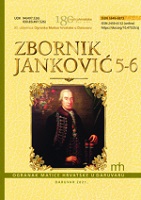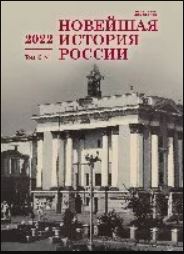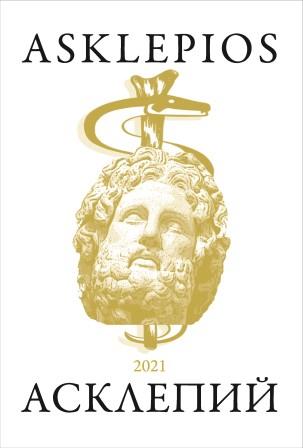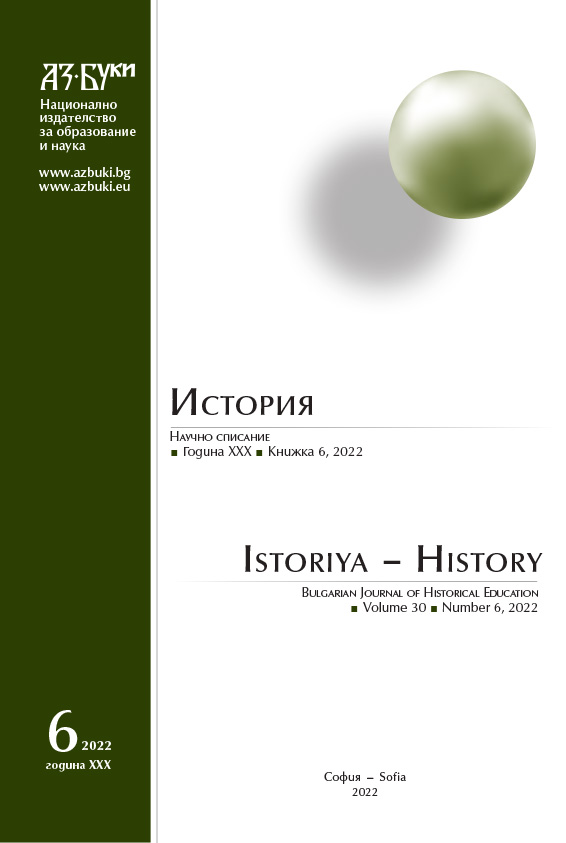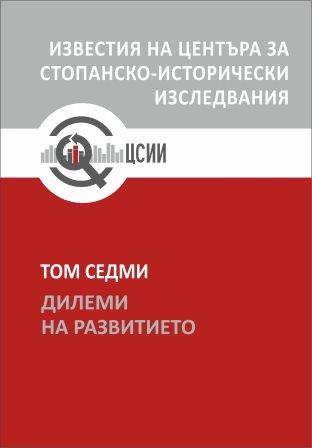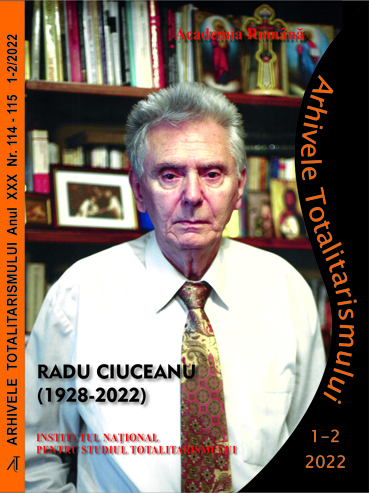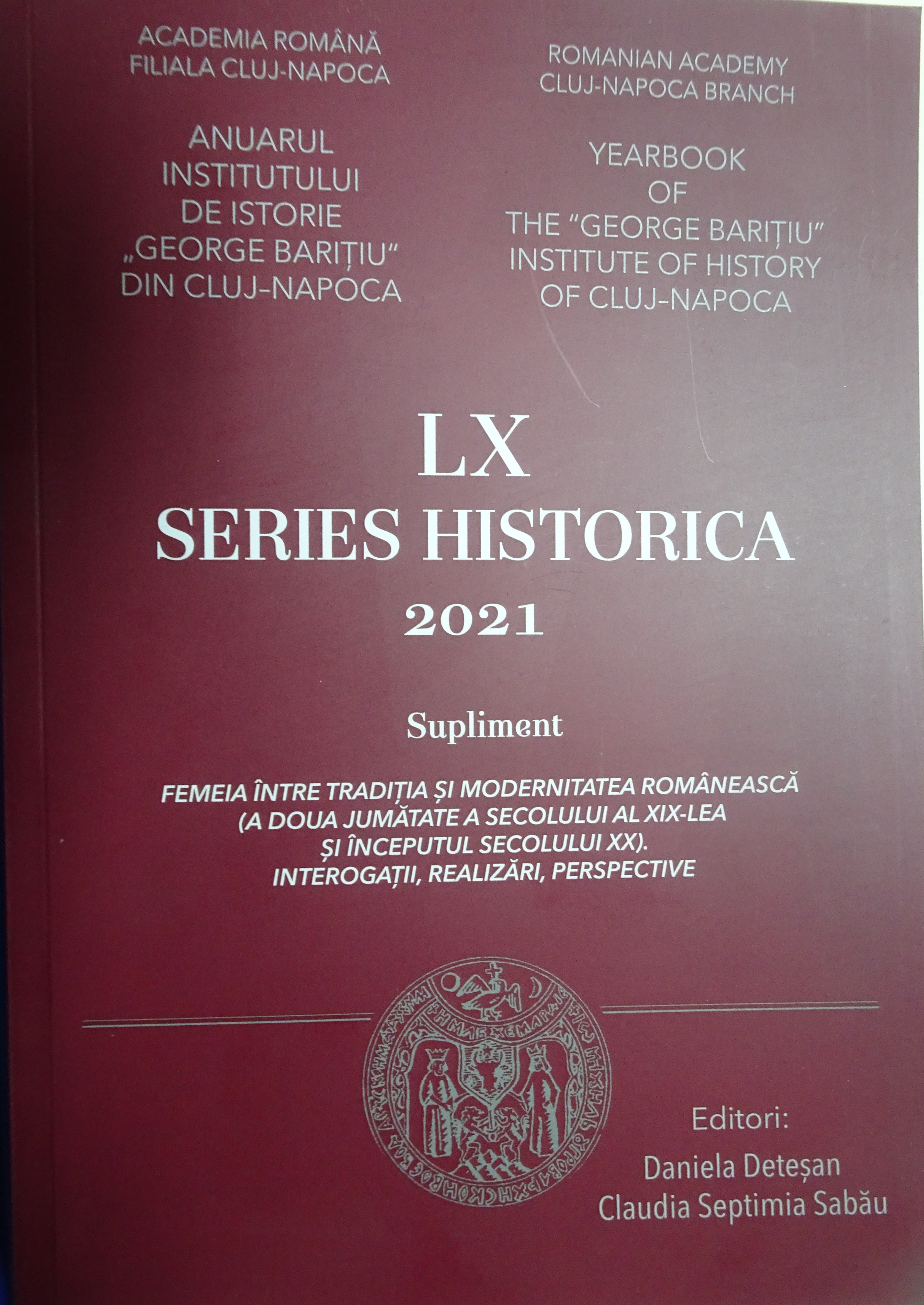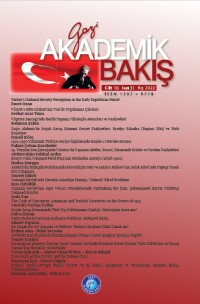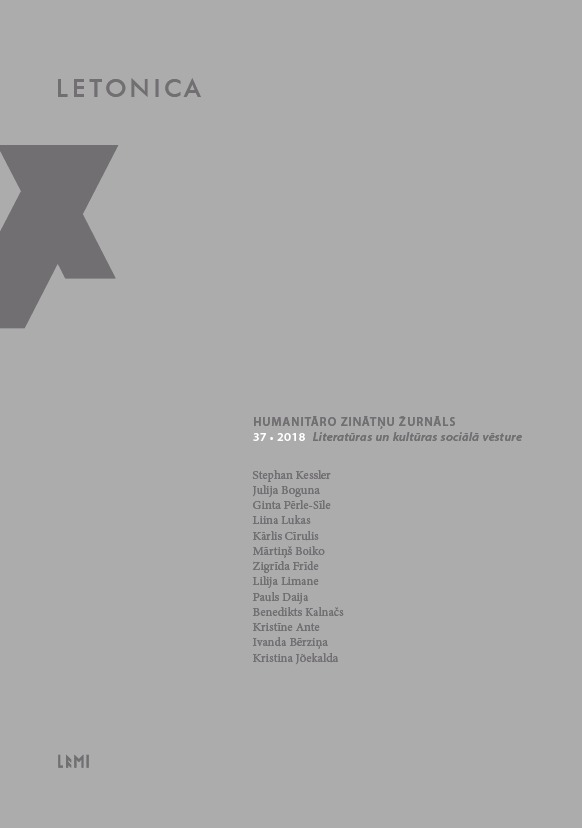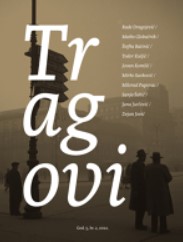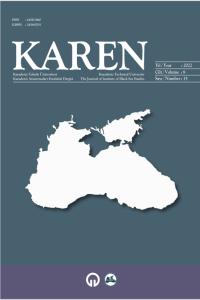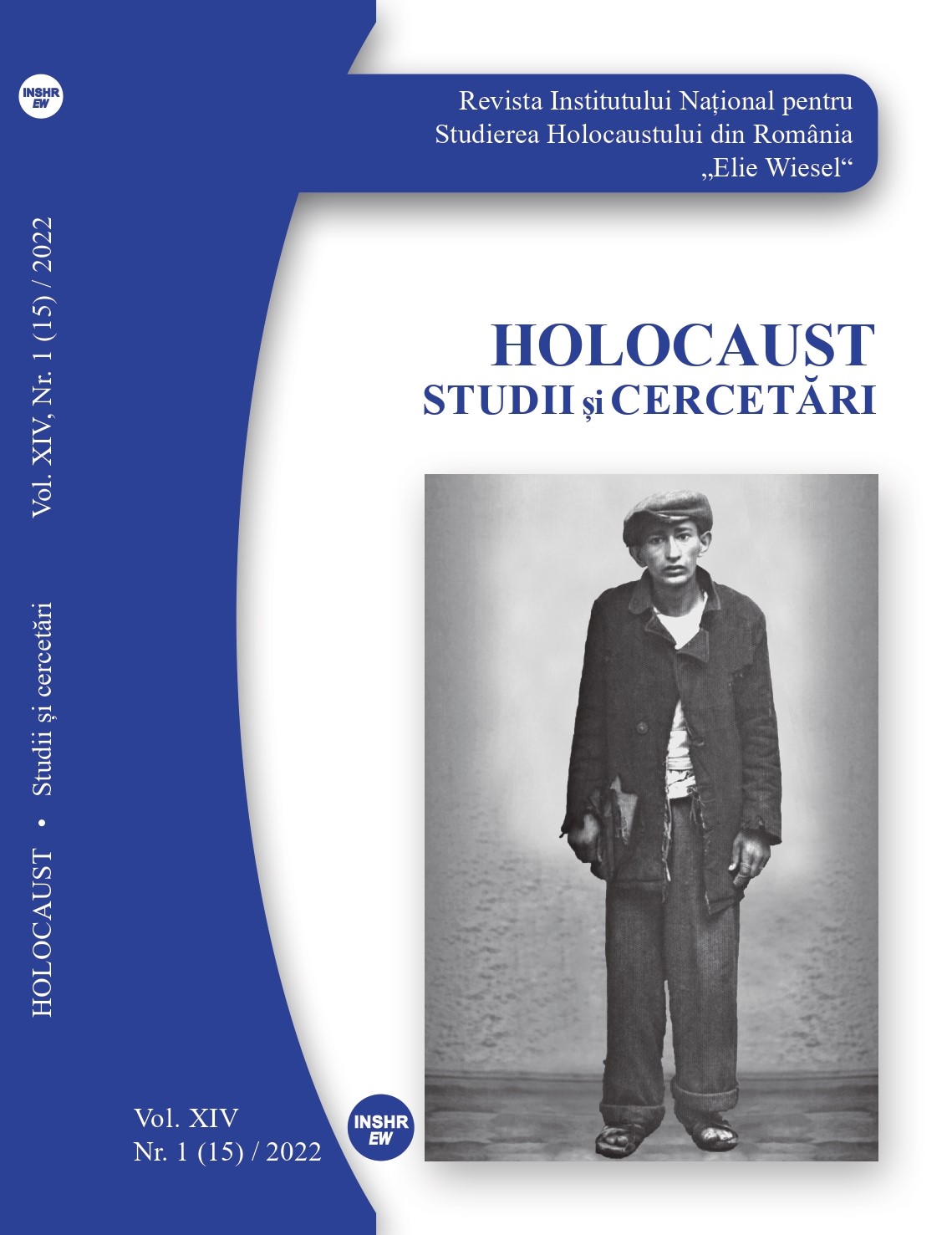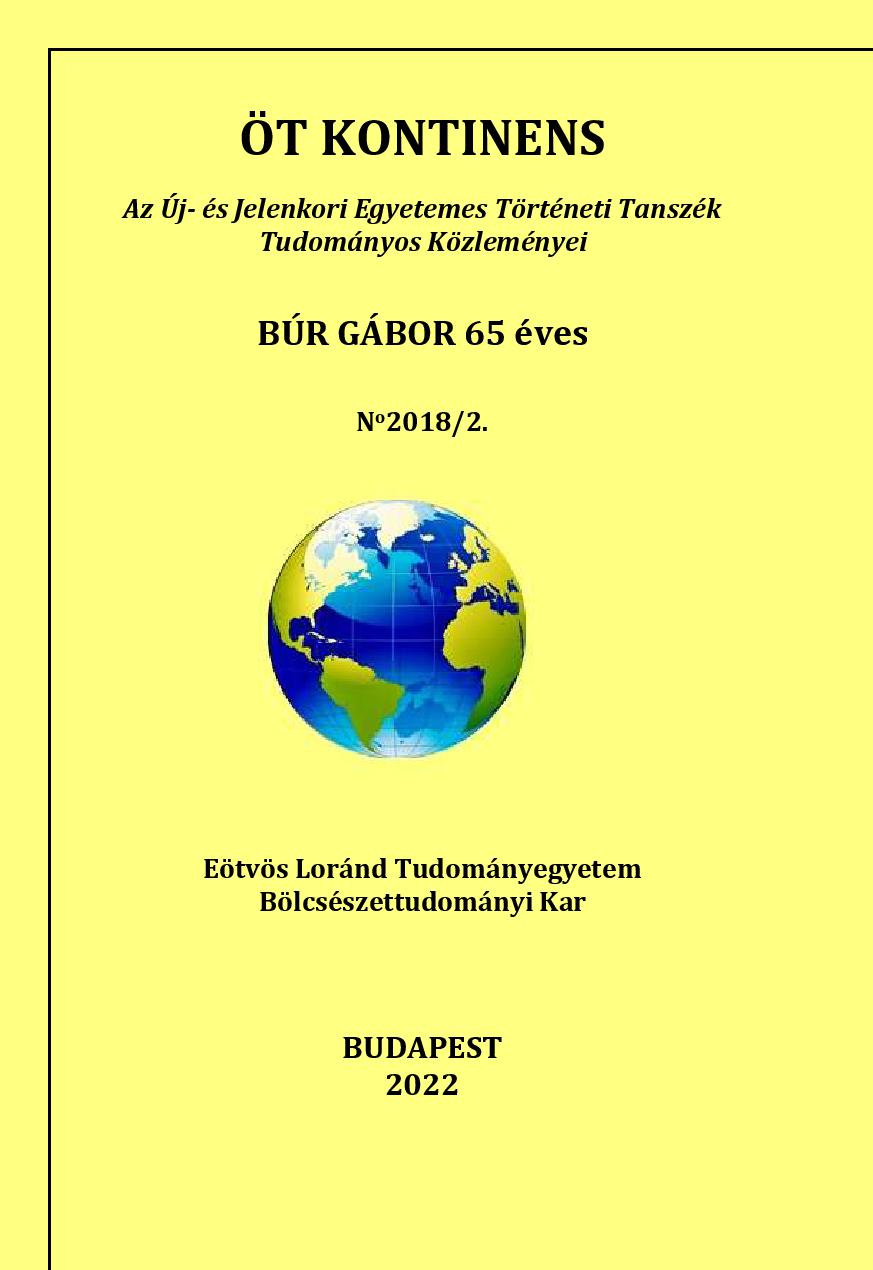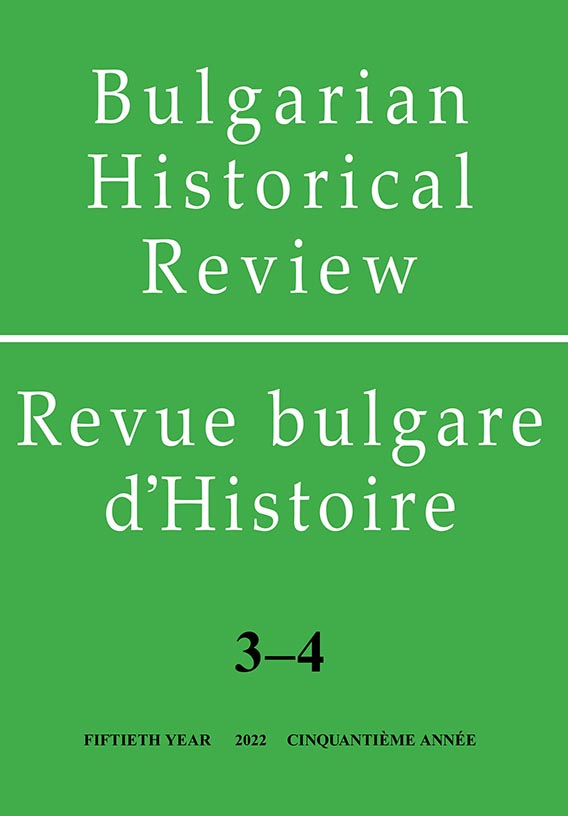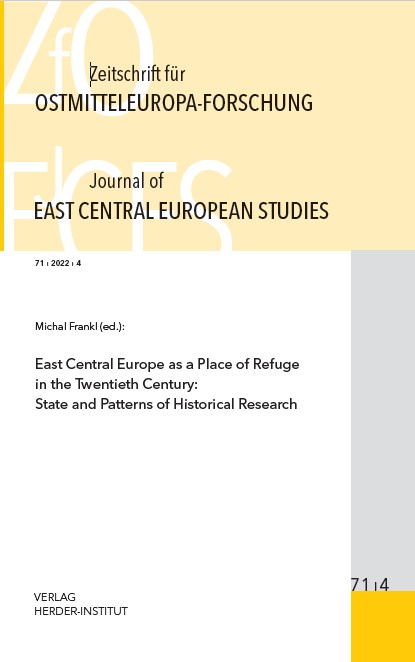Author(s): Nazlı Arslan,Server Funda Kerestecioğlu / Language(s): Turkish
Issue: 15/2022
Mining cities are the regions where the spaces are produced, and their uses are privatized due to the ongoing coal production and production-based industrial activities underground and ground. The daily life of the mining city, as an area where the problems and solutions related to the spatial structure can be read, points to the new special use of space. The increase in the search for new markets for coal production with the Industrial Revolution in the 19th century, brought foreign capital to make investments in Zonguldak, where hard coal reserves exist. Zonguldak, which has been transformed into a multinational structure with increased foreign capital investments at the beginning of the 20th, refers to everyday life dependent on the practice of coal production within the framework of the mining policies and technological conditions in that period. Everyday life based on coal production brings not only mining and transportation operations, but also solutions for accommodation, education, production, health, and transportation that will respond to the needs of those involved in production. As a result of the intervention of foreign and domestic capital in the space for coal production, and the use of the space with these interventions provides information about lived space. As a way of accessing the truth of the living space; exploring everyday life and interpreting this analysis through the theorists and concepts that contribute to the daily literature constitute the method of the study. In this study, the daily life of the Üzülmez Valley and its colonial structures, where production is ongoing between 1850-1926 with the hybrid production understanding of foreign and national capital, is analysed through the concepts developed by the theorists Lefebvre, De Certeau and Bourdieu who contributed to the daily life literature. The study on the daily life of the Üzülmez Valley at the beginning of the 20th century revealed the role of coal production practice in shaping the urban space and life, through the concepts of strategy, tactics, rhythm analysis and habitus, which refer to daily life. The city, which was divided into periods based on the production policies of the powers, brought along the rhythms of use due to its spatial organization, and the uses that create these rhythms were examined under the headings of accommodation, transportation, production, education, and health, which include the spatial solutions of daily life. Finally, in the habitus of the mining city, which is formed with new uses within the framework of production habits; the strategies developed for the continuity of coal production and the rhythms of the use of space in the daily life of the city are graphed in the traces of the tactics produced against the strategies.
More...
